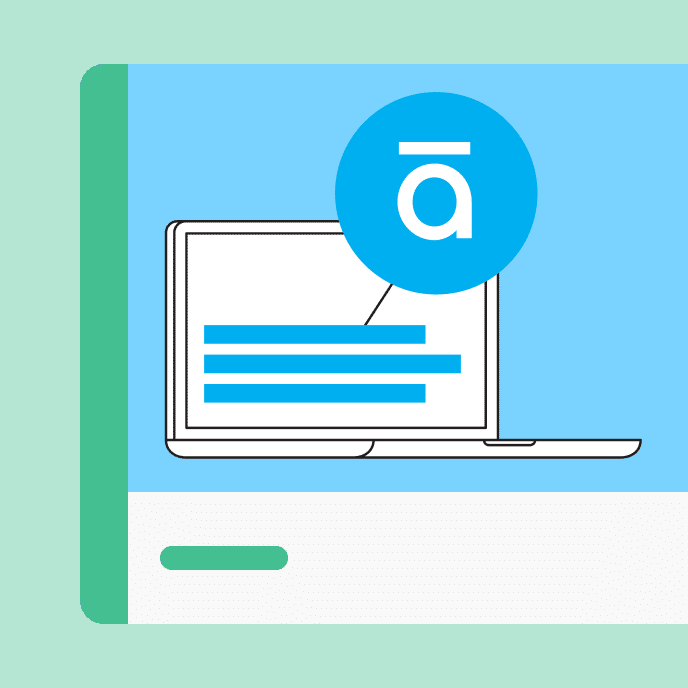Reboot Your Compliance Training: Test and Learn
Learn how to revamp your e-learning certification process, save time & money, and increase employee satisfaction using lessons from emissions testing.

Change your approach to compliance training
By allowing employees to demonstrate existing knowledge through pre-assessments, you can significantly reduce time spent on unnecessary training. This approach not only saves money but also respects your employees’ expertise. Consider reevaluating your e-learning strategy to find similar opportunities for improvement in your organization.
Every two years, I take my car for emissions testing. The goal is to certify that my car meets specific emissions standards. If it passes, I’m certified and can move on. If it doesn’t, my car undergoes additional tests (and perhaps repairs) to meet the appropriate standard and get certified. This process, of course, takes more time.
As I waited in my car, I realized that much of what we call “e-learning” resembles the emissions testing process. Often, the purpose of the course isn’t to learn, but to demonstrate existing knowledge. If we don’t pass the certification, we go through a remedial process, just like the car.
During my time at a healthcare organization, we conducted a lot of training like this. We weren’t really training the staff since they already knew the subject matter. Instead, we were certifying their knowledge.
Like the healthcare industry, many industries require annual refresher or certification testing that has little to do with learning. In these cases, the goal isn’t to teach new skills, but to certify existing knowledge. Of course, when a person doesn’t pass the certification, it identifies a clear learning opportunity.
One frustrating aspect of emissions testing is that while the actual test only takes a few minutes, waiting in line takes much longer. This is especially true if you wait until the last Saturday of the month when all the other procrastinators show up.
Sitting in the car and waiting in line isn’t productive. The same applies to those who already possess the required skills yet must go through an “e-learning course” before testing. Ideally, we should create an environment to assess a person’s skills and direct them based on their results.
If a person can demonstrate the required skills and knowledge, we should certify them immediately so they can return to work. If they can’t, we should guide them toward acquiring that knowledge and reassess them later.
Compliance training: a real-world example
I recently spoke with a colleague who works for a large financial institution. They have numerous certification and annual refresher training programs. The problem they encountered was that many employees already knew the information, but the organization still required them to complete the entire course before testing and certification.
This was really frustrating for the employees because it mostly wasted their time and they didn’t learn anything.The courses took 30-60 minutes to complete, and each employee had to take several throughout the year.
From a financial perspective, the numbers are staggering. With over 30,000 employees, a rough calculation shows that 30,000 hours at $50 per hour amounts to $1,500,000… for just one course! That’s a significant amount of money and lost productivity.
Surely there was a more efficient approach to meet regulatory requirements and certify employees. There was! Here’s how his team created a more efficient e-learning certification process:
- They contacted their legal department to understand the actual legal requirements and certification process.
- They discovered that in many cases, they weren’t legally required to deliver a “course.” They only needed to document that employees were certified and had a certain level of understanding.
- With this new information (and the legal department’s blessing), they changed the structure of many courses by allowing employees to test out of the course (or parts of it) based on the information they already knew.
The results
The training team found that for more complex information, offering a pre-assessment allowed about 30% of employees to skip the course. For simpler 15-30 minute courses, nearly 70% could skip the course and be certified immediately. When you run the numbers, the savings add up quickly.
The training industry often discusses demonstrating return-on-investment and this approach seems to be a slam dunk. There’s no better way to show your value than by demonstrating a more efficient way to certify your employees. Saving time and money is always a win.
Of course, this approach doesn’t work for every industry or every e-learning course. But it does for many.
If you conduct a lot of regulatory training, now might be a good time to rethink your e-learning strategy. Consult your legal department to understand the exact requirements, then build a course that helps you meet them efficiently.
You may also like

Big Moves, Big Wins: Articulate’s 2024 Year in Review
Check out six milestones—from game-changing features to prestigious awards— that shaped our e-learning year.

